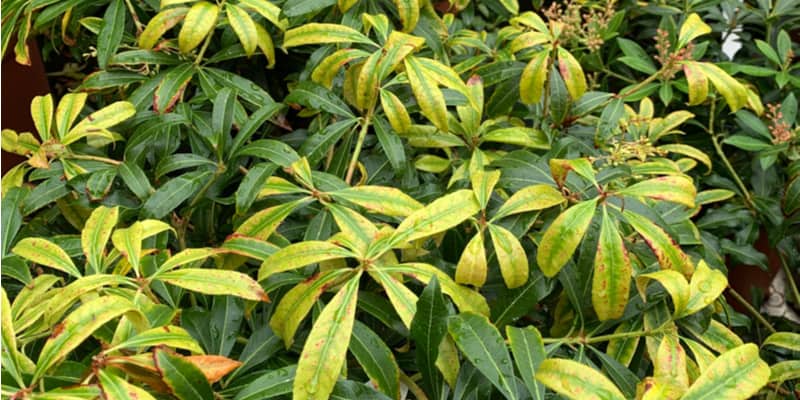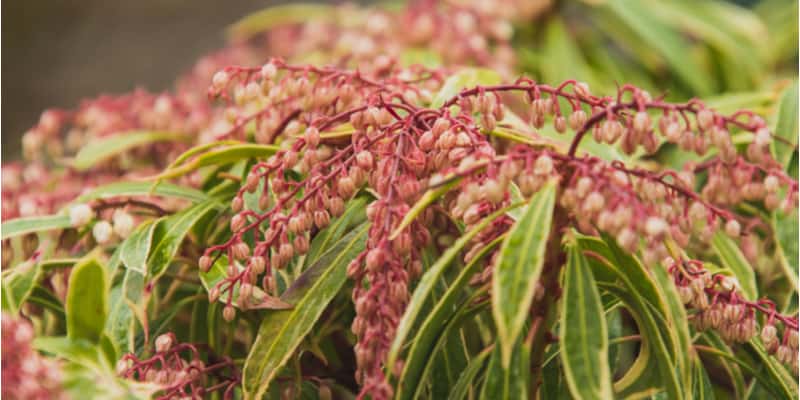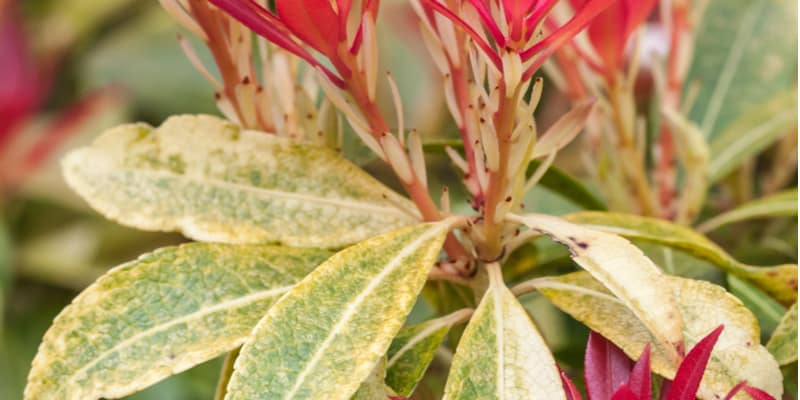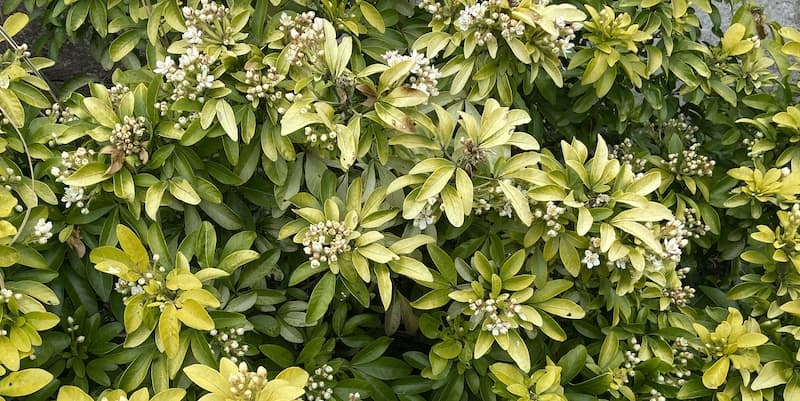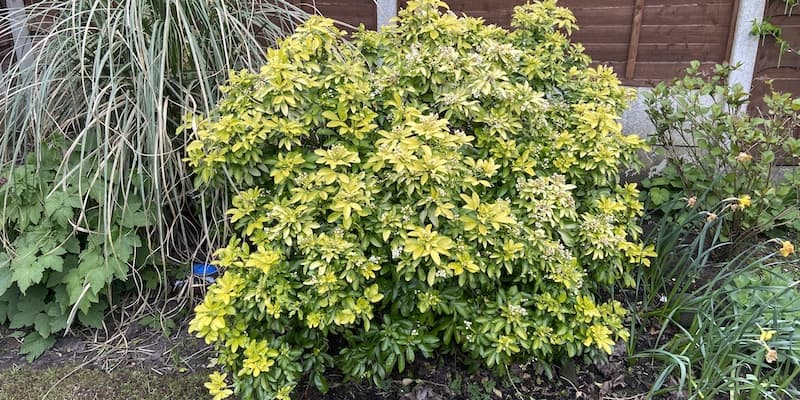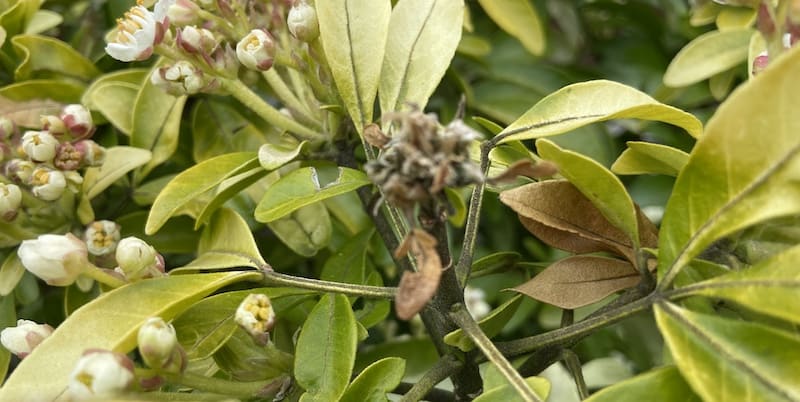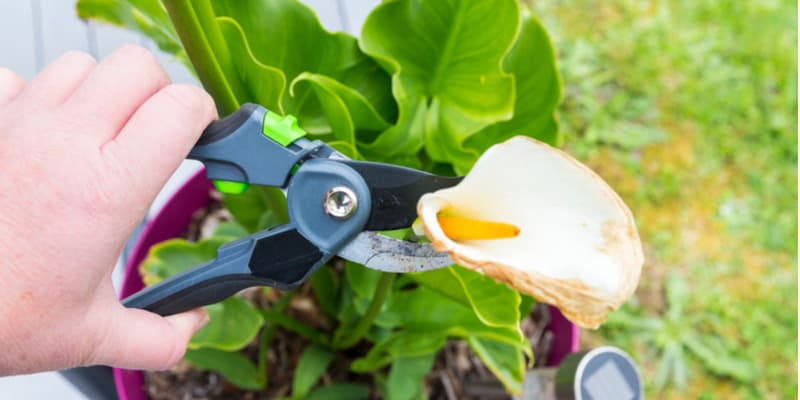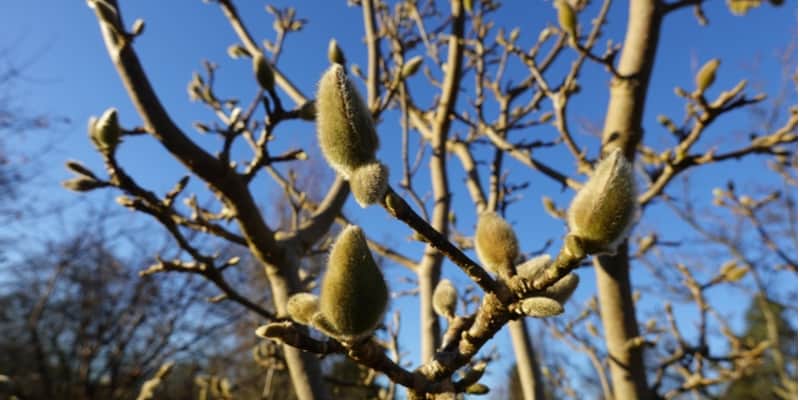Pieris Leaf Problems
Leaf problems with your pieris could be due to pests, disease, the environment or a lack of correct care but the two most common problems are probably fungus leaf rot also known as leaf spot disease or pieris Lacebugs. Pests – Pieris lacebug What is a pieris lacebug? There’s a pest named after the pieris shrub that first appeared in Windsor, UK, in 1998. The pieris lacebug torments pieris shrubs along with rhododendrons. This is an insect that’s only about…
